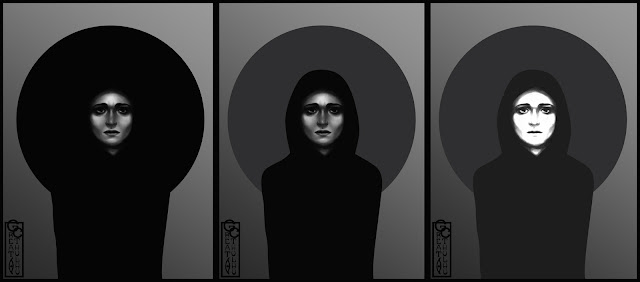Sauvignon Pairings: Dos and Don'ts
SAUVIGNON PAIRINGS: DOS AND DON'TS
What food goes well with Sauvignon wine? Here are some of our very favorite pairings with this refreshing, dry white wine.
Is there a forgotten bottle of fine Sauvignon wine in your cellar? Well, now is the time to open it and follow our pairing tips. Incidentally, only some great Sauvignon Blanc wines from the areas of Sancerre, Pouilly Fumé or Bordeaux last more than a couple of years in a bottle. So, any others are best opened within this period.
The name of this white grape varietal derives from the French word sauvage, meaning wild. It is cultivated in France, Australia, New Zealand, South Africa, California and South America, and to a lesser extent in Italy too. It is also present, in a percentage that never exceeds 30%, in one of the world’s most famous sweet wines, Sauternes.
This varietal traces its origin to the areas of Bordeaux and Sancerre in France, where the tuff and silt-rich soil regales flinty wafts and an extreme elegance to this wine. On the subject of unpleasant odours, Sauvignon stands out for its famous smell which in actual fact is nothing more than “pyrazine”, a nitrogen-containing molecule typical of this varietal. When Sauvignon wines come from areas with cold climates or rapid ripening times, they have the “green” unripe hints of sweet pepper, nettle and tomato leaves, cut grass and crushed blackcurrant leaves.
On the other hand, warmer climates endow this wine with bouquets that are complex, rich and spicy, comprising the aromas of vanilla, smoky wood and even tropical fruits. It is also possible to identify hints of Granny Smith apples, white pear, lime, lemon, orange, grapefruit, celery, olives, capers, cumin, sage, thyme, marjoram, ginger, coriander, green tea, grass, hay, fennel, asparagus, sweet pepper, mint, dried fruit, lily-of-the-valley, lemongrass, lemon verbena, verbena and mimosa.
Sauvignon wines should be served at around 10°C in a tulip shaped glass which, not surprisingly, is known as a "Sauvignon glass".
HARMONIOUS PAIRINGS
Sauvignon is a wine with a natural “vegetarian” vocation. Ideal for pairing with vegetables, soupsand salads, especially salad dressed with creamy sauces.
Its most famous pairing – one which will win your guests’ praise – is with asparagus. Asparagus in any recipe, with eggs, in a risotto or in lasagna. The tangy taste of this wine will mitigate the sweet notes of asparagus.
One of the most successful pairings is with a dish of pasta with pesto sauce because Sauvignonloves sweet-smelling herbs.
It adores lemon and citrus fruits in general.
Sauvignon is also perfect with fresh cheese varieties, such as ricotta, mozzarella and goat cheese.
Open a bottle to serve with a dessert, such as apple pie, and your guests will be impressed.
CONTRASTING PAIRINGS
The pronounced acidity of this wine offsets dishes that are somewhat hot and spicy, so feel free to enjoy it with Thai, Mexican, Korean and Indian cuisines. Take care, however, not to exaggerate. Sauvignon is perfect as a pairing for slightly rather than excessively piquant dishes.
Its green and grassy notes complement fruity and flowery ones, so why not try it with dishes containing blueberries, figs or raspberries.
Its sapid flavour contrasts and enhances sweetness, so a perfect match for this wine is with crustaceans. It loves ceviche and fish carpaccio.
WRONG PAIRINGS
Remember: no wine pairs well with food that is extremely hot and spicy, not even a great red.
Sauvignon is not particularly well suited to grilled red meats, especially those served rare with a strong taste of umami.
Avoid serving Sauvignon with any type of dish containing smoky notes, whether fish or cheese. Except for some types of Sauvignon that have been barrel matured at length.
Watch out for flavours that are excessively bitter or dishes in which garlic features strongly.
http://bit.ly/2ssF7Fa


Comments
Post a Comment